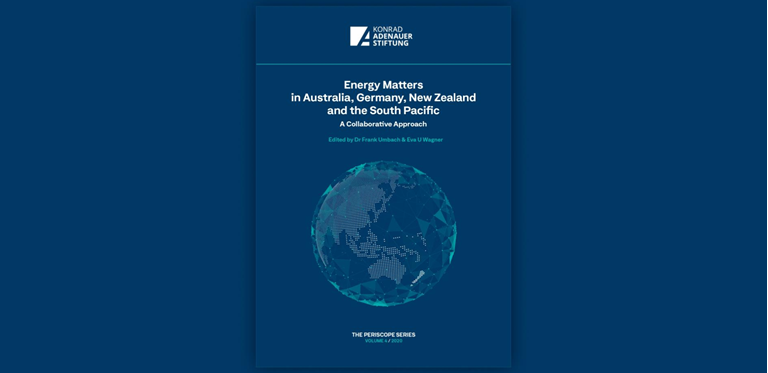Originally published by Periscope, a publication of Konrad Adenauer Stiftung (KAS), Germany.
In recent years, the resilience of Australian manufacturers has been tested with high energy costs; the result of a doubling in electricity prices, a tripling in gas prices, security of supply issues and increasingly complex energy markets. In the face of these challenges, energy efficiency seems like an obvious solution.
However, national policy inertia has combined with difficulties around identifying, assessing and implementing efficiency measures to hinder the pursuit of energy efficiency by industrial energy users. In this article we discuss the role of energy efficiency in supporting business outcomes and compare Australia’s experience with that of Germany, which leads the world’s energy efficiency rankings.
Features of Germany’s energy policy suite
A report released by the American Council for an Energy-Efficient Economy (ACEEE) in 2018,[1] which evaluated 25 of the world’s largest energy users on 36 efficiency metrics, ranked Australia 18th (dropping two places since 2016). Australia’s buildings sector was in the top half (10th) of countries surveyed, while in transport and industry Australia ranked 20th and 22nd respectively. Overall, Germany and Italy tied for first place. Germany scored best for national efforts, including cross-cutting targets and programmes. In Germany, the Energiewende or ‘energy transition’ propelled an overhaul of the country’s energy use, from a system based on fossil fuels to one centred on renewables[2]. Its targets, formalised in 2010, commit the government to reducing emissions by 40% by 2020 and 80-95% by 2050, compared with 1990; sourcing at least 80% of electricity from renewables by 2050 and national energy efficiency goals of 20% primary energy reduction until 2020 and 50% reduction until 2050 (base year 2008).[3]
In December 2014, the Government adopted the ‘Climate Action Programme 2020’ which included its National Action Plan on Energy Efficiency (NAPE). The three pillars of Germany’s NAPE include improving energy efficiency in buildings, establishing energy efficiency as an investment and business model, and encouraging individual responsibility for energy efficiency. According to research by KfW,[4] between 2000 to 2017, there was a 25% reduction in the total primary energy intensity, which is attributed to energy efficiency, demand management and increasing renewable energy capacity. However, while Germany’s energy policy has made significant strides in improving its energy productivity, strong economic growth and increasing energy consumption in the transport and building sectors have offset some of the efficiency gains in the same period; resulting in a relatively modest overall reduction (6%) in primary energy consumption. Further, addressing its climate change objectives, managing the implementation of energy polices concurrent with phasing out nuclear power and increasing renewable energy output have been challenging for Germany. Whilst it has diversified its electricity mix towards renewable energy, growing it from 4% in 1990 to 38% in 2018, Germany is set to miss its 2020 target of 40% reduction in greenhouse gas emissions (currently tracking to achieve 32%).[5] In response, Germany’s 2030 Climate Action package, which passed into law in November 2019, stipulates a reduction in greenhouse gas levels by 55% compared to 1990 levels by 2030.[6] A raft of measures will be implemented including a carbon price on the transport (excluding aviation) and buildings sectors from 2021, retrofitting of buildings to become tax-deductible by 2020 and increasing the number of public charging points for electric vehicles to one million by 2030.
"While discussions of the Energiewende in Germany reveal diverse viewpoints about its success, carbon emissions reduction, renewable energy development and improvement of energy efficiency were clear driving forces."
Contrasting approaches: policy integration vs. a separation of energy and climate
While discussions of the Energiewende in Germany reveal diverse viewpoints about its success, carbon emissions reduction, renewable energy development and improvement of energy efficiency were clear driving forces. We also see Germany’s climate targets, which were agreed in 2007, have been upheld. In Australia, the politicisation of climate change and energy policies over the last decade has resulted in policy inertia at a time when the resilience and competitiveness of Australian businesses are being challenged with energy affordability and security issues. While Australia aims to reduce its emissions by 26-28% on 2005 by 2030 through the ‘Climate Solution Fund’ (formerly the Emissions Reduction Fund), the Renewable Energy Target and a National Energy Productivity Plan, emissions are rising from the stationary (including manufacturing and mining) and transport sectors. They are expected to increase by 12% and 44% respectively.[7]
Missing the energy efficiency opportunity in Australia
Improving energy efficiency should be a key strategy, particularly in the industrial and transport sectors, which are experiencing emissions growth. At a national level, due to a lack of policy and targeted programs, Australia’s rate of energy efficiency improvement has continued to lag behind other developed economies. In fact, Australian’s peak scientific body CSIRO, found that if energy efficiency measures were pursued across the economy, a lower renewable energy capacity of 50% would be required to meet emissions reduction targets.[8]
The so-called National Energy Productivity Plan (NEPP), which aims to improve the economic output per unit of energy used by 40% between 2015 and 2030, has yet to yield benefits. A 2018 update statement showing that the 2.3% annual improvement required to meet the 2030 target is not being achieved.ix [9]
Anecdotal evidence suggests that even with high energy prices, there are still barriers to implementing energy efficiency measures, including capital constraints, insufficient energy data capture and management systems, and lack of internal experience and capability to identify and evaluate opportunities.
With the Australian government currently reviewing the NEPP, there is an opportunity to apply lessons from other countries with similar ‘energy trifecta’ challenges, such as Germany, and either revamp the NEPP to drive energy efficiency or implement a program to help businesses overcome the barriers faced. In addition, as Australia’s greenhouse emissions grow, energy efficiency offers a reduction pathway that should attract bipartisan political support – perhaps helping to push through the impasse that has gripped Australian energy and climate policy for more than a decade.
Read the full report on the Periscope website.

References
[1] American Council for an Energy-Efficient Economy | The 2018 International Energy Efficiency Scorecard
[2] Federal Ministry for Economic Affairs and Energy | Germany makes it efficient
[3] Brüggeman | How Efficient is Germany?
[4] Clean Energy Wire | German energy transition fails on emissions and efficiency
[5] Germany’s Energiewende, World Nuclear Association | Germany's Energiewende
[6] Clean Energy Wire | Germany's 2030 climate action package
[7] Energetics | Australia’s emissions to 2030 and beyond to 2050
[8] CSIRO | Low Emissions Technology Roadmap
[9] Australian Government, Department of the Environment and Energy | Australian Energy Update 2018



